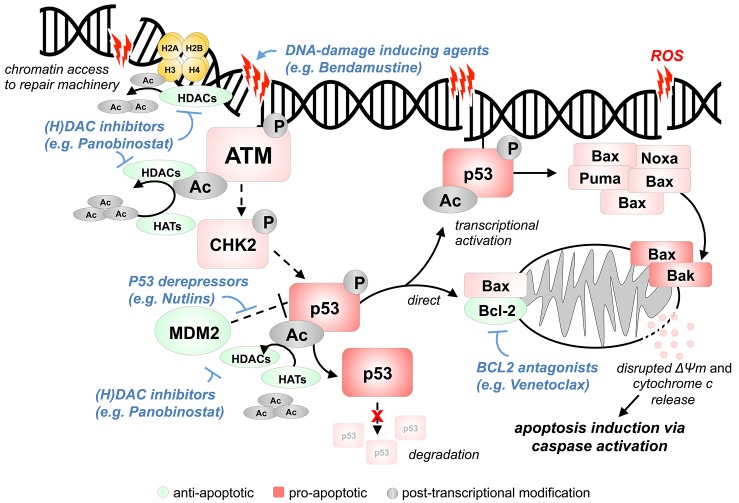Figure 1. Model of enforced apoptosis induction via targeting of key molecular lesions in T-PLL.
Upon chemically/cell intrinsically (ROS) mediated DNA double strand break (DSB) induction, ATM is recruited to damage sites and undergoes auto-phosphorylation and acetylation (HAT: Tip60; HDACs: HDAC1/2). ATM kinase activation normally induces phosphorylation of downstream effectors like CHK2 and p53. Post-transcriptional modifications via de-/acetylation through HATs/HDACs (CBP, PCAF, hMOF and Tip60/HDAC1, SIRT1) regulate p53 activity. In T-PLL, proper activation of the otherwise intact p53 is not accomplished, most likely due to deficient ATM (deleted, mutated, modulated by TCL1). Addressing this incompetence of p53 induction and the high tonus of inactive (MDM2-bound) p53 as a central vulnerability, an enforced p53 activation through HDAC and MDM2 inhibition showed to be highly efficient in cell-death induction. Mitochondrial p53 can directly induce Bax and Bak oligomerization and antagonize the anti-apoptotic effects of Bcl-2 and Bcl-XL. Moreover, reactivated p53 also leads to transcriptional induction of pro-apoptotic signaling mediators like BAX, PUMA, and NOXA. Therefore, the pro-apoptotic effects of p53 reactivation could be further enhanced by Bcl-2 inhibition. The classes of (H)DAC inhibitors, MDM2 inhibitors, and Bcl-2 antagonists represent promising compounds to be interrogated for synergistic relationships, including with DNA-damage inducers.

